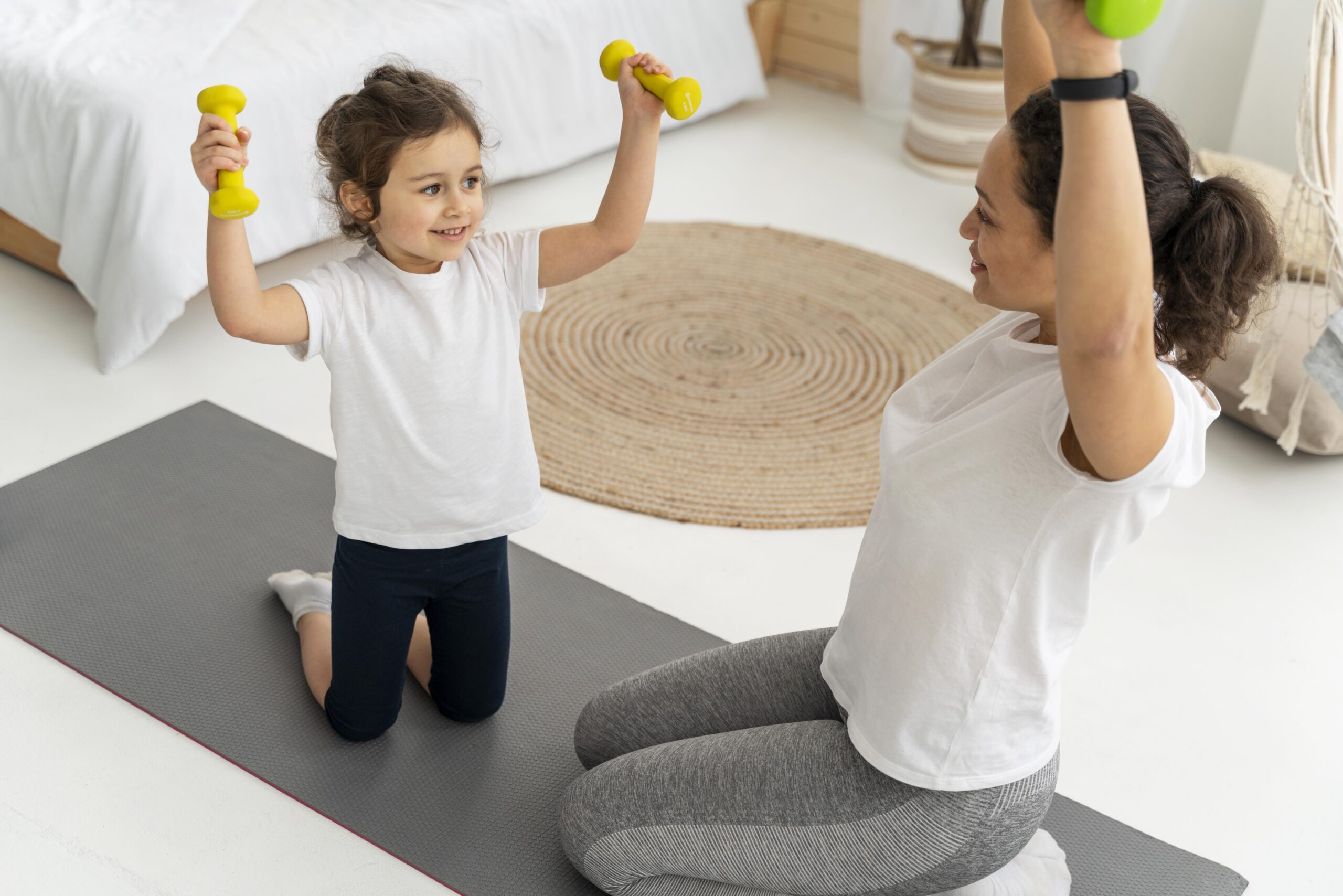Physical development in children is a fundamental aspect of their overall growth, encompassing the progression of motor skills, coordination, and physical fitness. From the first steps to the refinement of complex motor abilities, understanding these developmental milestones can help parents effectively support their child’s growth. Whether at home or in a Children’s Home, providing a nurturing and stimulating environment is crucial for fostering healthy development. This article delves into the stages of physical development in children, key milestones, and tips for fostering a healthy developmental process.

The Stages of Physical Development
Children’s physical development can be broadly categorized into stages, each marked by distinct milestones and characteristics. Tools and educational resources, such as those found on calculatorprofessional.com, can help in understanding various aspects of growth, including the use of a pythagorean theorem rounding calculator for older children who are beginning to engage with more complex mathematical concepts as part of their cognitive and physical development.
Infancy (0-2 Years)
Key Milestones:
- 0-3 Months: Newborns lift their heads and explore their surroundings.
- 4-6 Months: Infants roll over, sit with support, and reach for objects.
- 7-9 Months: Crawling and sitting without support become common.
- 10-12 Months: Many infants begin to stand with assistance and take their first steps.
Supporting Tips:
- Provide a safe and stimulating environment for exploration.
- Encourage tummy time to strengthen neck and shoulder muscles.
- Offer toys that promote reaching, grasping, and fine motor skills.
Toddlerhood (2-4 Years)
Key Milestones:
- Walking: Most toddlers can walk independently and start running.
- Climbing: Children begin to climb stairs and playground equipment.
- Fine Motor Skills: Scribbling with crayons and building with blocks become common.
Supporting Tips:
- Encourage outdoor play to develop gross motor skills.
- Provide age-appropriate toys that enhance hand-eye coordination.
- Allow for safe exploration and risk-taking under supervision.
Early Childhood (4-6 Years)
Key Milestones:
- Coordination: Improved balance and coordination for activities like hopping and skipping.
- Fine Motor Skills: Enhanced ability to draw shapes, use scissors, and dress independently.
- Gross Motor Skills: Increased proficiency in running, jumping, and kicking.
Supporting Tips:
- Enroll children in structured physical activities like dance or sports.
- Provide opportunities for creative play, such as drawing and crafting.
- Encourage activities that require coordination and balance.
Middle Childhood (6-12 Years)
Key Milestones:
- Strength and Endurance: Increased muscle strength and endurance for prolonged physical activities.
- Complex Motor Skills: Mastery of skills like riding a bike, swimming, and playing sports.
- Hand-Eye Coordination: Enhanced abilities in tasks like writing and playing musical instruments.
Supporting Tips:
- Encourage participation in team sports and physical education.
- Provide opportunities for diverse physical activities to develop different muscle groups.
- Monitor and limit screen time to ensure sufficient physical activity.
Adolescence (12-18 Years)
Key Milestones:
- Puberty: Significant physical changes, including growth spurts, increased muscle mass, and development of secondary sexual characteristics.
- Refinement of Skills: Advanced skills in specific sports or physical activities.
- Physical Fitness: Focus on maintaining a healthy lifestyle through regular exercise and proper nutrition.
Supporting Tips:
- Encourage regular physical activity to promote overall health and fitness.
- Support participation in organized sports or fitness programs.
- Educate about the importance of balanced nutrition and healthy habits.

Common Challenges in Physical Development
While most children follow a typical developmental trajectory, some may face challenges that require additional support.
Developmental Delays: Some children may experience delays in reaching certain milestones. Early intervention and therapy can help address these delays.
Physical Disabilities: Children with physical disabilities may require specialized support and adaptive equipment to participate in physical activities.
Nutritional Deficiencies: Proper nutrition is crucial for physical development. Ensuring a balanced diet rich in essential nutrients can support healthy growth.
Conclusion
Understanding the stages of physical development in children and the key milestones at each stage can help parents and caregivers effectively support their child’s growth. Parents can ensure their children achieve their full developmental potential by providing a stimulating and supportive environment, encouraging diverse physical activities, and addressing any challenges promptly. Activities such as visits to a Children’s Farm can provide unique physical and sensory experiences that contribute to a child’s development in a fun and engaging way.
References
These trusted sources offer additional information and resources on child development, helping parents stay informed and proactive in supporting their child’s physical growth.
